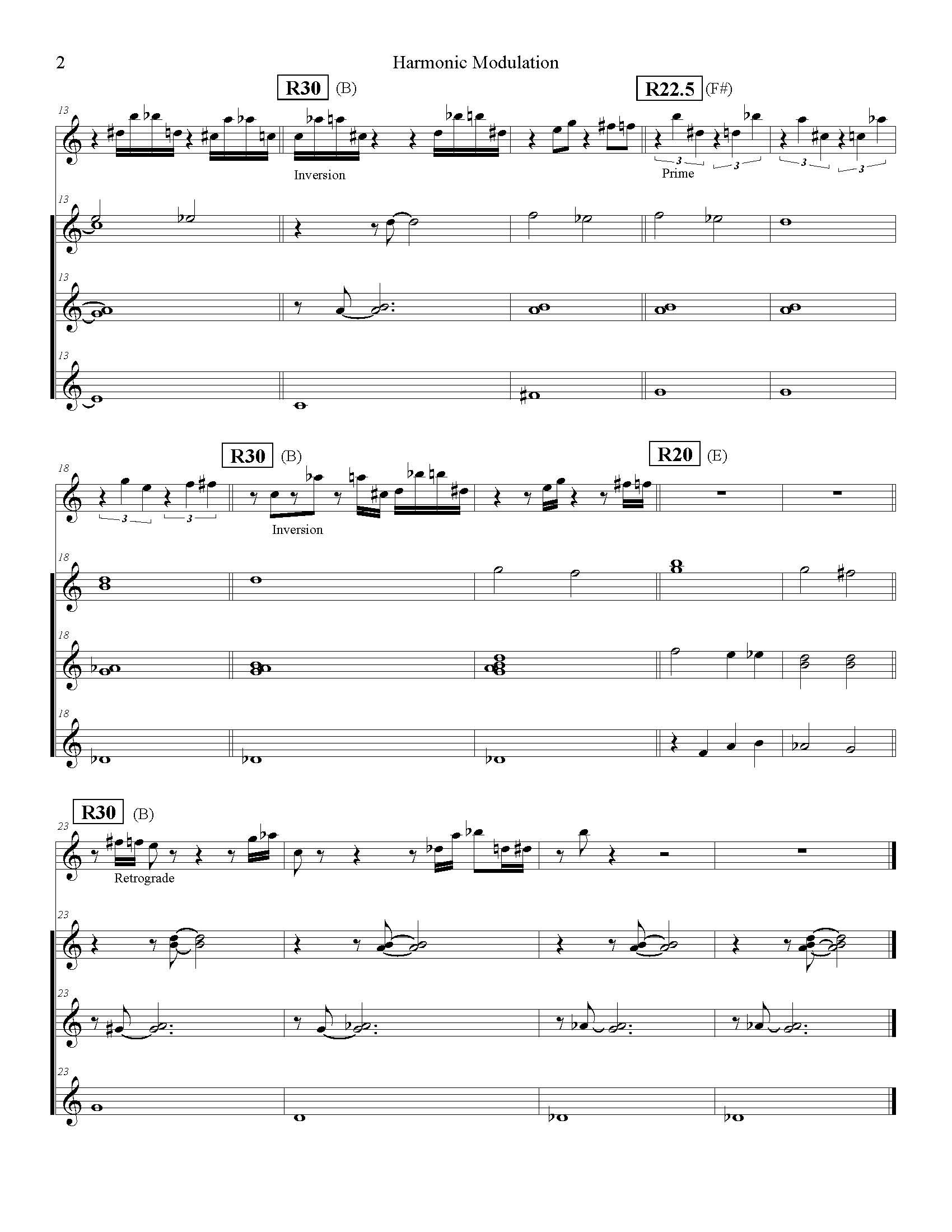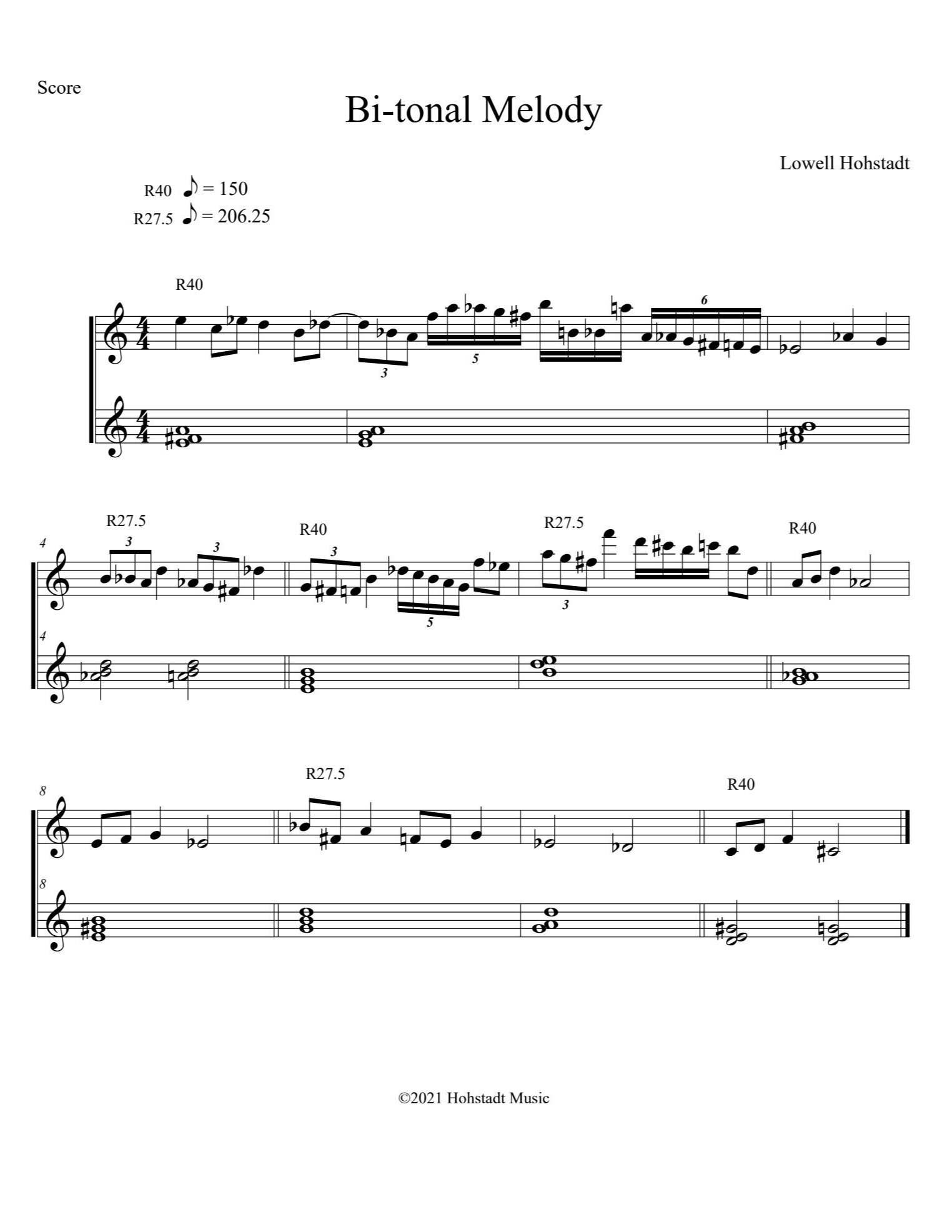There Is Life (©2020 Lowell Hohstadt)
There is life
There is life in the River,
life in the River which flows from the Throne,
it flows from the Throne,
it flows from the Throne
There is life
There is life in the breath of His Presence
There is peace beyond measure,
beyond measure,
a peace freely given,
freely given
It surrounds, it surrounds
and it covers like a flood
covers like a flood,
like a flood
There is fruit precious fruit
which grows on the Vine,
inside there is seed to be planted
If it falls up on ground that is fallow and moist,
its power, its power,
its power will reflect all of Heaven,
all of Heaven
There is fruit precious fruit
which grows on the Vine,
inside there is seed to be planted
If it falls up on ground that is fallow and moist,
its power, its power,
its power will reflect all of Heaven,
all of Heaven
All of Heaven
Jesus is the Resurrection
Jesus is the life
No one comes unto the Father
No one comes unto the Father of Lights
with Whom there is no variation,
with Whom there is no shifting shadow of turning
No one comes unto the Father of lights
by any other way but Jesus
Jesus is the Resurrection Jesus is the Life
Jesus is the Life
Resurrection, Resurrection
Resurrection, Resurrection,
If you believe there is nothing impossible
If you believe there is nothing impossible
For He said, "I Am the Resurrection, I Am the Life,
He who believes in Me will never die."
Resurrection, Resurrection
If you believe, If you believe,
All things are possible
Resurrection, Resurrection,
Resurrection, Resurrection,
Resurrection, Resurrection,
Resurrection and the Life,
Resurrection and the Life
There is life in the River
which flows from the Throne,
There is life in the breath of His Presence
There is peace beyond measure, a peace freely given,
it surrounds and it covers like a flood
There is fruit, precious fruit
which grows on the vine,
inside there is seed to be planted
If it falls upon ground that is fallow and moist,
its power, its power,
its power will reflect all of Heaven
All of Heaven
He said, "I Am the Resurrection. I Am the Life.
I Am the Resurrection. I Am the Life.
Believe in Me, Believe in Me,
You'll never die.
I Am the Life, I Am the Vine,
I Am alive, alive, alive."
There is life,
There is Life!










